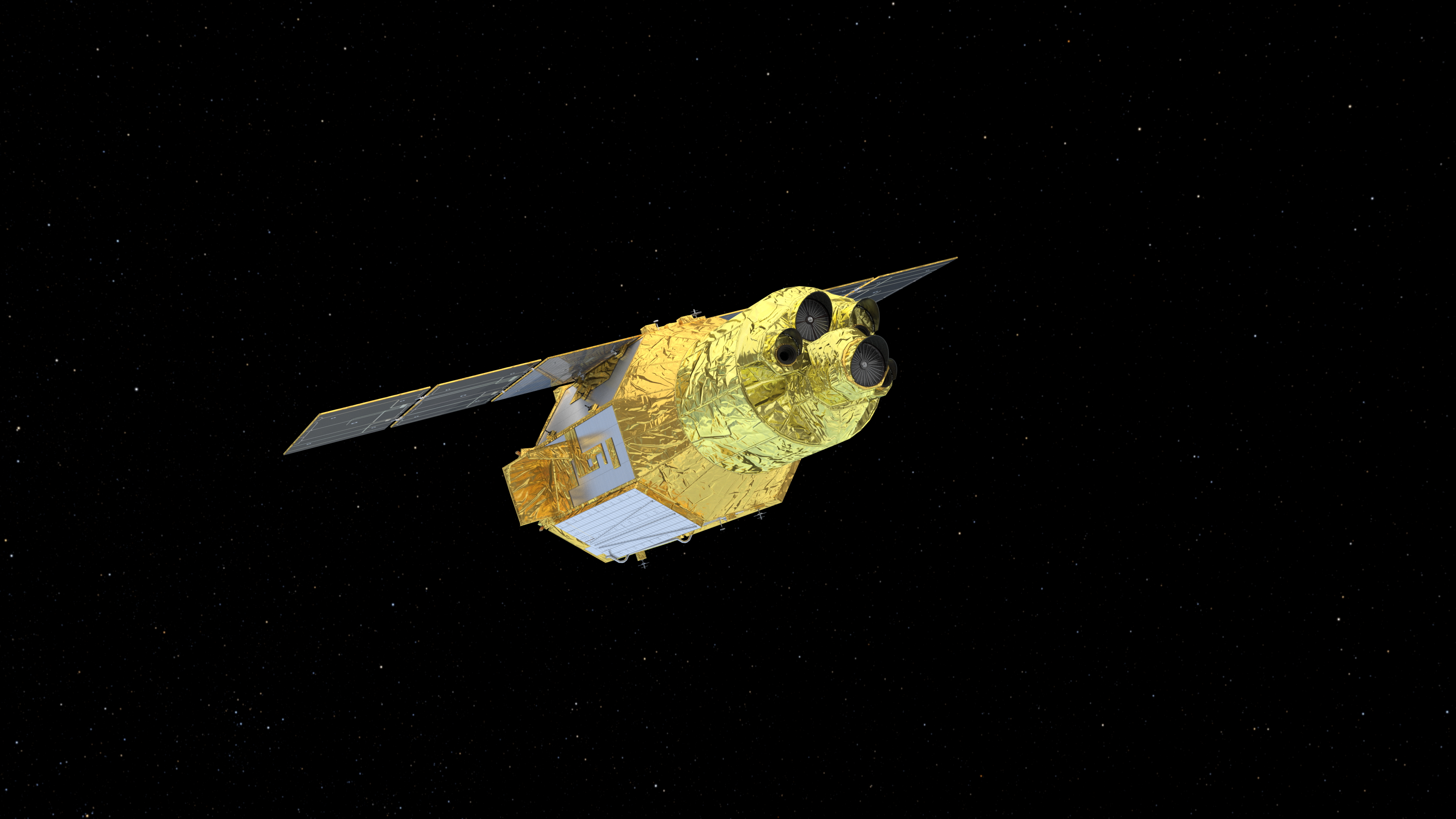During our telecon 1 August 2018, we discussed our plans for writing the WPs for the Decadal Survey. While we initially envisioned writing a single science WP to highlight the five important broad science themes that the gamma-ray community identified as priorities, the recent call for the Decadal Survey WPs forces us to revise our approach. The instruction to the WP authors specifies that each WP should "identify a primary thematic science area (and, if relevant, a secondary area)". The eight proposed thematic areas are listed below:
Thematic areas:
In order to increase the visibility and impact of the gamma-ray community in the various panels of the decadal survey, it seems wiser to write five separate WPs focusing on the relevant thematics areas:
The five WPs will cross-reference each other and the overview WP will be the one on multi-messengers.
The workshop on "radionuclide astronomy" organized in Los Alamos on August 20-22 2018 should lead to a WP that GammaSIG would certainly like to sign, and it may become the GammaSIG WP on "How are the elements created?"
The role of GammaSIG is to support the activities of the gamma-ray community as a whole. The WPs produced by GammaSIG will reference the individual/team WP contributions.
The decadal survey call clearly states the importance of the international context (similar, common and complementary efforts from other international agencies) and encourage collaborative effort in writing WPs.
The submission window for the WPs is from January 7 to January 18 2018. We anticipate a deadline for the GammaSIG WPs at the end of November 2018. The WP format is indicated below:
We are looking for leads for the various WPs. Two leads per paper would be ideal. Please, let us know if you are interested by emailing
Notice: Undefined variable: grsigChair1Name in /.www_mountpnt/web_content/pcos/sigs/grsig/grsig-telecon-aug2018.php on line 71
(
Notice: Undefined variable: grsigChair1Email in /.www_mountpnt/web_content/pcos/sigs/grsig/grsig-telecon-aug2018.php on line 71
),
Notice: Undefined variable: grsigChair2Name in /.www_mountpnt/web_content/pcos/sigs/grsig/grsig-telecon-aug2018.php on line 71
(
Notice: Undefined variable: grsigChair2Email in /.www_mountpnt/web_content/pcos/sigs/grsig/grsig-telecon-aug2018.php on line 71
), and
Notice: Undefined variable: grsigChair3Name in /.www_mountpnt/web_content/pcos/sigs/grsig/grsig-telecon-aug2018.php on line 71
(
Notice: Undefined variable: grsigChair3Email in /.www_mountpnt/web_content/pcos/sigs/grsig/grsig-telecon-aug2018.php on line 71
).
We are thinking of organizing follow-up GammaSIG workshops during the Fall. Two possible options are:
We would like to get your opinion about the choice of the strategy that we propose for approaching the Decadal Survey. We are also looking for leads for writing the GammaSIG White Papers (WPs); obviously, all contributors are welcome and strongly encouraged to participate in the WP writing effort. Finally, we would like to know your availabilities for possible GammaSIG workshops in the Fall.
Here are two polls (deadline August 31st, 20180):
JAXA, NASA XRISM Mission Ready for Liftoff
 XRISM launched successfully on Wednesday, Sept. 6, 2023, at 7:42 p.m. EDT (Thursday, Sept. 7, 8:42 a.m. in Japan). The spacecraft separated from the rocket at 7:56 p.m. EDT.Read more.
XRISM launched successfully on Wednesday, Sept. 6, 2023, at 7:42 p.m. EDT (Thursday, Sept. 7, 8:42 a.m. in Japan). The spacecraft separated from the rocket at 7:56 p.m. EDT.Read more.
See our new Events Calendar
Program News and Announcements
Project News
Related News